Pregnancy and breastfeeding can change how your breasts look, often causing sagging. This is normal and happens because of the shifts in size and shape during and after pregnancy. While it might affect how you feel about your body, remember that sagging breasts are a common part of the process. Every woman's body responds differently to pregnancy, so it's best not to compare your experience with others. Weight changes during this time are natural and can be influenced by diet and lifestyle. However, pregnancy itself puts unique demands on your body, so it's important to go with the flow and adapt.
Tips for preventing breasts from sagging during and after pregnancy include:
- Maintaining skin health and promoting elasticity by exfoliating and moisturizing.
- Wearing a support bra.
- Healthy weight maintenance.
- Strength training and yoga.
- Stay hydrated and nourished.
How does the breast change during and after pregnancy?
Pregnancy brings significant changes to the body as it supports and nurtures another life. This incredible journey often comes with noticeable effects, such as fuller and heavier breasts. This change causes the supporting ligaments of the breasts to stretch, leading to sagging. Read More.
Why do breasts sag after pregnancy?
Throughout and after pregnancy, your breasts undergo various changes. They expand during pregnancy, becoming fuller and heavier in preparation for breastfeeding. This stretching of the skin can lead to sagging after pregnancy.
After childbirth, breasts can continue to change due to further bodily transformations. When they fill with milk during breastfeeding, they enlarge, and as they empty, they decrease in size. This continuous expansion and contraction, particularly during breastfeeding, significantly contribute to breast sagging as the skin stretches and loses its previous shape.
Does Breastfeeding Cause Breast Sagging?
Breastfeeding doesn't solely lead to post-pregnancy breast sagging. During pregnancy, breasts naturally enlarge in preparation for breastfeeding, regardless of whether you breastfeed or not. It's the alterations in breast shape during pregnancy that primarily contribute to sagging, rather than just breastfeeding itself.
Other factors also influence changes in breast shape and firmness, including age, genetics, fluctuations in weight, and smoking habits. These factors can also impact breast sagging over time.
How to Prevent Breast Sagging After Pregnancy?
Here are a few tips for preventing breasts sagging during and following pregnancy:
- Wear Support Bras: Invest in well-fitted, quality support bras during and after pregnancy to maintain breast firmness and minimize sagging.
- Moisturize: Regularly exfoliate and moisturize your skin to maintain elasticity and suppleness, reducing the chances of sagging.
- Maintain Healthy Weight: Gradual weight gain during pregnancy is normal, but rapid changes can stretch the skin, hindering its ability to tighten post-pregnancy.
- Stay Hydrated and Nourished: A balanced diet and proper hydration keep the skin supple and maintain elasticity. Foods rich in vitamins C and E support overall skin health during and after pregnancy.
- Exercise: Engage in strength training and yoga to tone the muscles that support breasts, giving them a firmer, lifted appearance. Always consult your GP before resuming exercises after pregnancy.
- Avoid smoking: Tobacco use contributes to sagging skin. It can break down collagen and result in skin that looks less full. Staying away from tobacco will improve your overall health, reduce your risk of some cancers, and potentially prevent the breakdown of the skin around your breasts.
Can Sagging Breasts Be Firm Again?
Non-surgical methods like exercising, a healthy diet, and using creams may not effectively restore firmness to sagging breast tissue. When sagging becomes pronounced, a breast lift is often the only effective solution to significantly tighten and elevate the skin for noticeable firmness.



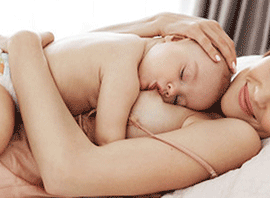



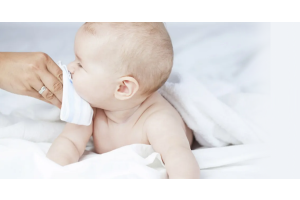
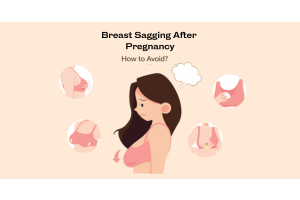

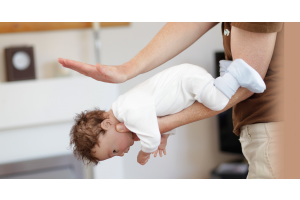
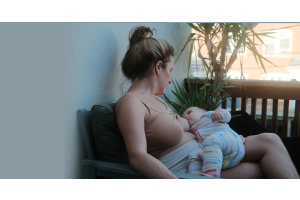
Validate your login
Sign In
Create New Account